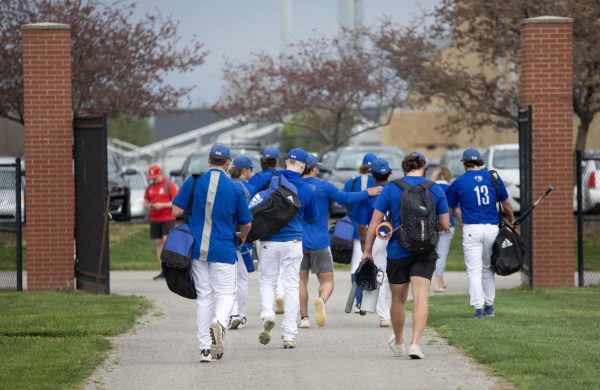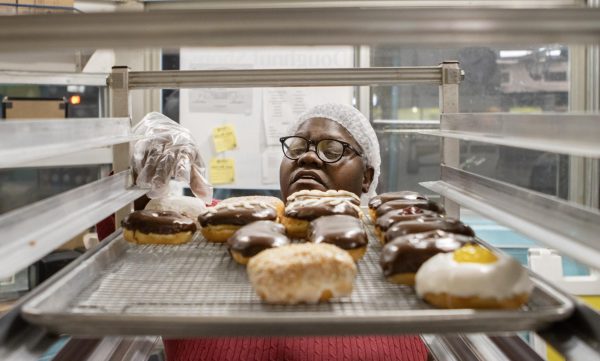Mental illnesses not recognized
They’re not who you think they are.
Whether you’ve dated someone who was bipolar, studied schizophrenia in a psychology class or made up your own stereotypes about someone “not right in the head,” mental illness is an issue college students are encountering more often now.
And academic environments aren’t always friendly to illness.
People with mental illnesses and the surrounding stereotypes can be found in all areas of society, but college students are more susceptible to experiencing the disorders, according to the Web site of the National Alliance for the Mentally Ill.
The organization saw the issue of mental illness on college campuses as so important it started a related group for colleges.
“The pressures of college life combined with biological factors have made mental illness on college campuses an increasingly common concern,” the Web site says.
About 27 percent of those between 18 and 24 have a diagnosable mental illness, according to the site.
Some professionals still say students and university instructors even at Eastern aren’t open to acknowledging mental illness for what it really is.
While society seems to view those with especially more severe illnesses as “lesser people,” that thinking comes from a lack of understanding, said psychology instructor Marjor Hanft-Marton.
Mental disorders cause the people who have them to see the world differently, and differences make the world more interesting.
I dated someone who was bipolar and didn’t have to run away. I also didn’t think he was crazy. Instead I picked up a book on the disorder. I talked to him about it and that actually brought us closer.
Sometimes seeing the world uniquely can be an advantage.
Getting involved in most of life’s challenges, rolling up my sleeves and facing problems head on has shown me the best results. Some things just need more education.
“I really think in our culture we act as if the more desirable worth is with people who have more daily life issues and are not challenged with neurobiological issues,” Hanft-Marton said.
Hanft-Marton, who coordinates placing undergraduates with professional internships, said even though more serious disorders such as schizophrenia are the “real issues,” undergraduates, not graduates, are the ones placed in internships to observe those illnesses.
For students with illnesses, they don’t always get help in the classroom.
“I would say that some professors are still reluctant to understand a student’s disabilities,” Hanft-Marton said. “I think it’s just something they don’t want to deal with.”
She said the extra workload and time strain some instructors are feeling now might worsen the situation.
Hanft-Marton said society and the media sometimes don’t do the best job portraying mental disorders, painting the illnesses in a negative light.
“With mental illnesses, there is this shame that people don’t know how to face,” said Renata Ponichtera, relations manager with the National Alliance for the Mentally Ill’s affiliates.
Within the university community, students and faculty just need education.
Ponichtera said faculty and students need to be informed on illnesses through ways such as freshman orientations with students and parents, especially if parents are uninformed and students don’t know where to turn.
Ponichtera did say there has been a positive change in how much people know about mental illnesses.
Read up on a disorder, don’t turn your attention from someone who just seems different than you and remember the road to accepting mental illnesses in everyone still has a long way to go.











































